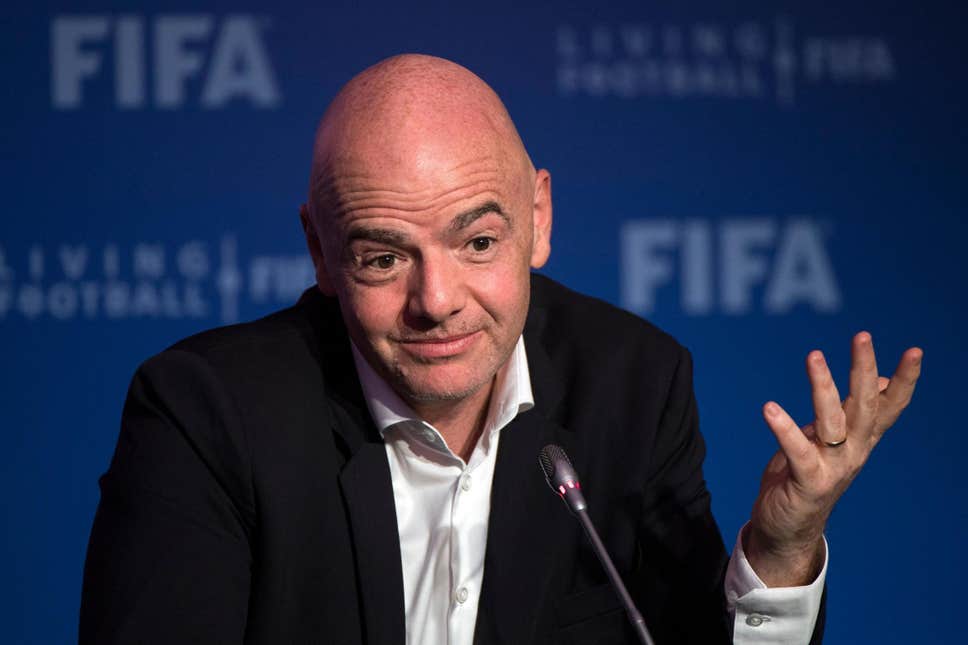FIFA Turns Barcelona’s Nou Camp Stadium Into Soccer Laboratory
FC Barcelona’s Nou Camp stadium is one of the most famous soccer arenas in the world. It has an official capacity just shy of 100,000 and has played host to some of the most dramatic moments in the sport’s history – most notably the 1999 UEFA Champions League final.

A full-scale renovation is due to begin in 2020 and be completed in 2024, bringing the iconic venue up to modern standards. But the club is also eager for the stadium to be the “largest sports experimentation and innovation laboratory in the world”.
In 2017, it launched the ‘Barca Innovation Hub’, an initiative that brings together academics, students, startups and investors. The aim is to advance FC Barcelona as a technology organization and to share innovations in the field of sports, health and the environment
The hub forms part of the “More than a club” mantra at Barcelona, which is viewed as a symbol of Catalonian identity combined with a global brand.
“The club is owned by 150,000 members and this is key for us,” said Barcelona president Josep Maria Bartomeu at the launch of the hub in 2017. “We are and we want to keep being more than a club. We had to generate a positive impact on society that goes beyond sport.”
Having previously held trials of tracking technology at the club’s smaller ‘Miniestadi’, which was home of FC Barcelona’s reserve and female teams until last season, world governing body FIFA turned the Nou Camp into a testbed for monitoring systems that can collect data during games. Specifically, the trials focused on the positioning and speed of players.
A team of experts from the University of Victoria supervised the trials and measurements were collected by students from the Barcelona Campus of the National Institute of Physical Education of Catalonia (INEFC).
The researchers formed a 30 x 30 meter quadrilateral on the fabled Camp Nou turf and placed ten cameras on each side. Sensors were attached to the bodies of 30 students who then walked, jogged and sprinted in different directions, varying their acceleration.
FIFA altered its regulations in 2015 to allow for wearable technology during matches and provided all 32 nations at the last World Cup with access to a tablet-based Electronic Performance and Tracking System (EPTS).
EPTS delivered teams with match footage, alongside stats such as player positioning data, passing, pressing, speed and tackles, and was compatible with both camera and wearable-based systems. In the trials at the Camp Nou, the tracking systems of 12 different vendors were tested to determine their suitability.
It is hoped that more effective data tracking will help coaches with match preparation, allow for more effective player treatment, and to provide more insight to broadcasters.
Read Also:Marcus Rashford, Harry Kane on Barcelona’s target next summer
Barcelona isn’t the only soccer club putting technology at the heart of its strategy. Manchester City has partnered with SAP to transform its on and off-pitch operations and has held hackathons in the past. Meanwhile, AS Roma is using technology to expand its global fanbase.

